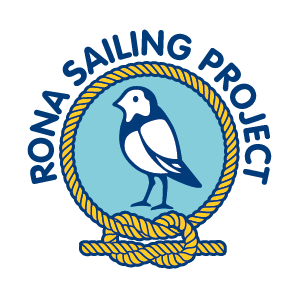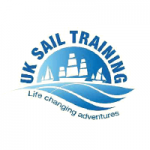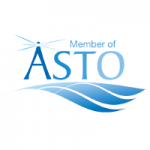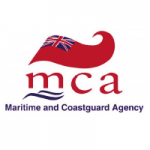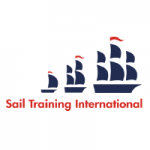In 1954 The Right Honorable Derek Heathcoat Amory MP for Tiverton in Devon, later to become Lord Amory, bought a yacht ‘Ailanthus’. Ministerial duties meant that Lord Amory was not able to sail his yacht as much as he would have liked and he often had trouble organising a crew at short notice. Lord Amory was also a Chief Scouts Commissioner and on one occasion visiting the Stepney Sea Scouts he met the Senior Scout Leader Commander Walter Scott who suggested that Lord Amory should raise a crew from the Sea Scouts and Sea Cadets and be ready to take Lord Amory sailing whenever he was able. This arrangement worked extremely well and both men saw the huge impression and the benefits Sail Training was having on the young crews. In November 1959 Lord Amory established the London Sailing Project with the aim of providing opportunities for young men to develop a range of interpersonal & leadership skills.
Commander Scott continued to sail Ailanthus from the river Medway with Sea Cadets and Sea Scouts and, seeing the very positive impact the London Sailing Project was having, Lord Amory bought another large yacht Rona in early 1961. In the spring of 1961 the Project moved both yachts to Gosport in Portsmouth harbour. In 1963 Commander Scott ‘invented’ the Watch Leader grade as he saw the benefit of communication between the young crew and a young leader. This also gave the Project one part of its very important ethos, that young people who sailed with the Project should have the opportunity of progression through the ranks to eventually become Skipper. The Amory award was also introduced that year for someone who “had given of their best” and another large yacht was acquired Lily Maid. The arrangement of three large yachts and a small training yacht, at that time Moyra, continues to this day.
In the early days of the Project the crews consisted of 4 Sea Cadets, 4 Sea Scouts and 4 from the London Federation of Boy’s Clubs. This arrangement encouraged a mix of skills and everyone learnt from the experience and benefits of teamwork. The Afterguard was mainly formed with sailors from the armed services and other organisations who were known to Commander Scott, and Watch Leaders who had been promoted from the crews. Today there is no direct entry as Skipper; all have either joined as a Watch Officer or progressed through the ranks and sixty percent of our current Skippers have been promoted through the ranks of the Project. In addition to the Skipper the Afterguard is made up of a Mate, two Watch Officers and two Watch Leaders.
In more recent decades the Project changed its name to the Rona Sailing Project to reflect that crews come from all over the country. Girls are now well represented in both crews and Afterguard and we ensure that we have a mix of social backgrounds from the well-adjusted to those in care of the social and probation services. We also run therapeutic voyages for groups of vulnerable adults and young people, including those with learning disabilities, mental health issues, in treatment or recovery from substance misuse, and those who are living with chronic conditions. This year we celebrate sixty years of Sail Training and our crews regularly participate in Sail Training International Tall Ships Races.
The Hamilton History
John Hamilton is a former Trustee, Fleet Officer and Skipper with the Rona Sailing Project (previously the London Sailing Project) who compiled his history of the Project from 1958 – 2002. It is known within the Project as ‘The Hamilton History’. This details historical information about Project boats, events and significant people.
The full document is available to view in the archive.
